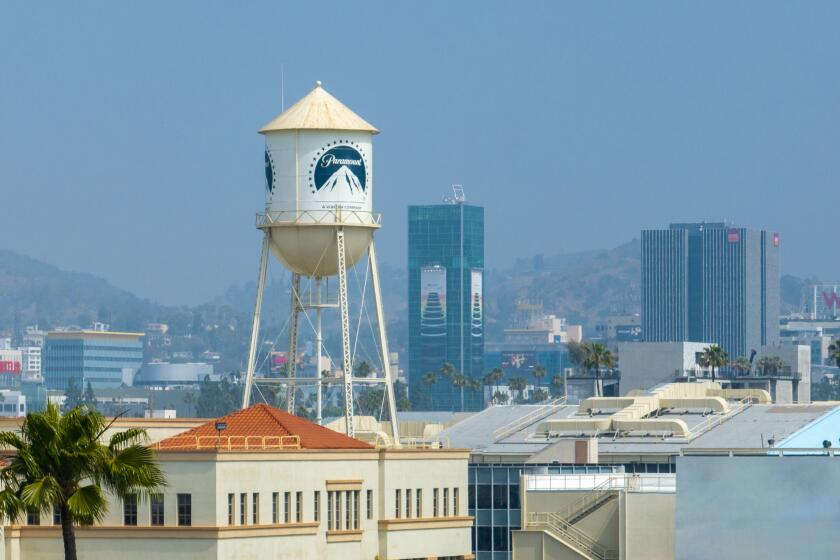International Business : Spotlight on Australia : The Australian Economy
- Share via
The Pacific nation, previously insulated from the global marketplace by high tariffs and restrictive government regulation, has increasingly opened up to international competition over the past 10 years. The country’s new alliance with the Asia-Pacific region has spurred rapid export growth. In 1990, the government implemented a far-reaching program of structural reforms including the transfer of economic power to the state and territiory governments. Continued microeconomic reform has led to substantial improvements in Australia’s business environment, boosting global competitiveness and productive potential.
Agriculture
Still strongly agrarian, Australia is one of the world’s major exporters of wheat, supplying about 13% of the international wheat market. Total wheat production for 1993-94 was estimated at 18.2 million tons. Other principle cash rops include fruit, sugar, and cotton.
Wool
Wool accounted for an estimated 14.6% of the country’s gross farm output in 1992. To insure its position as a world-leading supplier of premium natural fiber, Australia recently introduced trade expansion measures and restructured institutional arrangements in the industry to encourage greater market orientation.
Fishing
The country’s fishing zone is the third largest in the world--16% larger in area than the Australian land mass. High-priced lobster, prawns and abalone constitute about 70% of the country’s $1.4 billion commercial fishing and aquaculture industry.
Mining
Endowed with vast mineral resources and advanced mining technology, Australia isa world-leading producer of iron ore, gold, silver, bauxite, aluminum and diamonds. Coal, though, is Australia’s largest export commodity, having accounted for $8.2 billion or nearly 13% of total export receipts in 1991-92.
Manufacturing
The country’s manufacturing sector has undergone considerable change in recent years, shifting away from traditional industries like clothing and transport equipment in favor of raw material processing. The domestic automobile sector, in particular, has been adversely impacted, with Japanese imports accounting for the greatest growth in market share.
Tourism
Unique vacation spots like the Great Barrier Reef help Australia’s tourism industry attract more than 2.2 million visitors a year, mainly from Japan, Great Britian and the United States. About $26.2 billion was earned in tourism in 1991-92, $18.4 billion of which was attributable to domestic visitors.
Compiled by Laura B. Benko
Sources: The departments of the Prime Minister and Cabinet, Treasury and Foreign Affairs and Trade, Australia; Bank of America, World Information Services
More to Read
Inside the business of entertainment
The Wide Shot brings you news, analysis and insights on everything from streaming wars to production — and what it all means for the future.
You may occasionally receive promotional content from the Los Angeles Times.








